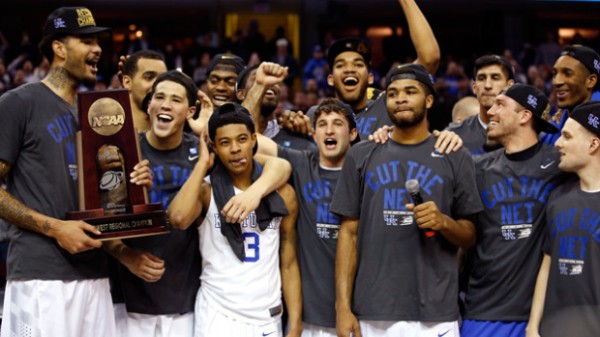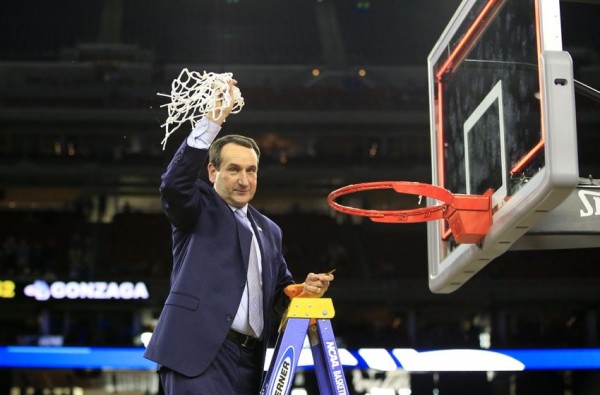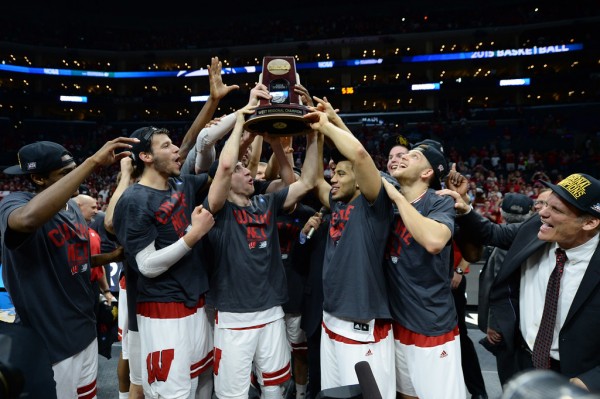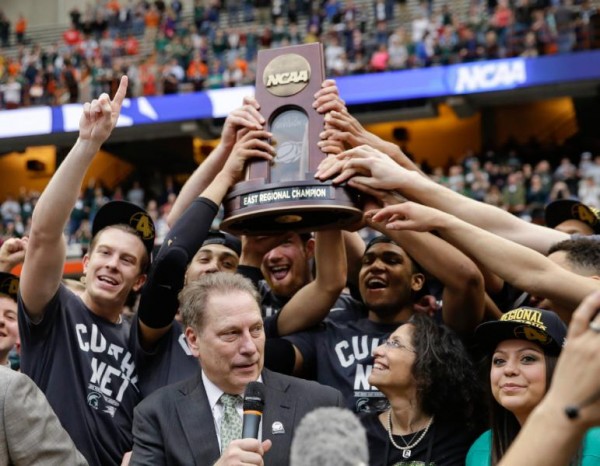Final Four Fact Sheet: Kentucky Wildcats
Posted by Bennet Hayes on April 3rd, 2015After a week of hype surrounding the most highly-anticipated Final Four in years, let’s do a reset on each of the four teams still standing. Today’s victims: Duke (published this morning) and Kentucky. Wisconsin and Michigan State were published yesterday.
How Kentucky Got Here
Midwest Region Champions. Kentucky opened the NCAA Tournament with a closer-than-expected 23-point victory over #16 seed Hampton, then followed it up with a third-round defeat of plucky #8 seed Cincinnati. The Wildcats had to prove at least one prognosticator wrong to reach the Elite Eight, but did so convincingly against #5 seed West Virginia, improving to 37-0 in a 39-point demolition. Their last hurdle before the Final Four proved to be the toughest. #3 seed Notre Dame did everything it could to end Kentucky’s perfect season, but in an all-time classic quarterfinal matchup, the Wildcats did just enough to squeak by the Irish and into another Final Four.
The Coach
John Calipari. There’s little more to say about Calipari at this point. He’s led a 38-0 team into the Final Four (his fourth appearance in five years), has won multiple National Coach of the Year honors (including our own), and is undeniably atop the profession as his team enters a Final Four that includes three other coaches with a combined 1,866 wins. Coach Cal is dominating college basketball.
Style
Let’s face it: No matter what happens in Indianapolis this weekend, the Wildcats have already put together an historic season. And when you think back on this Kentucky team, the first thing that you will remember will be its defense. The Wildcats rank first in adjusted defensive efficiency (and before Saturday, they were the most efficient defense of the 13-year KenPom era), first in three-point percentage defense, second in two-point percentage defense and second in block percentage. With shot-blockers Willie Cauley-Stein and Karl-Anthony Towns (among others) protecting the rim, Calipari’s guards have been able to extend their man-to-man defense well beyond the three-point line. You could say that the defensive scheme has worked out pretty well. The Kentucky efficiency bonanza has not been limited to the defensive end, however, as the Wildcats also rank fifth nationally in adjusted offensive efficiency. Their aggressive attacking of the offensive glass and frequent trips to the free throw line have paid dividends all season long, while the developing post games of Towns and Cauley-Stein have led to a greater focus on interior touches as the season has progressed. Notre Dame can attest that Towns has developed into a go-to player for the ‘Cats.













































